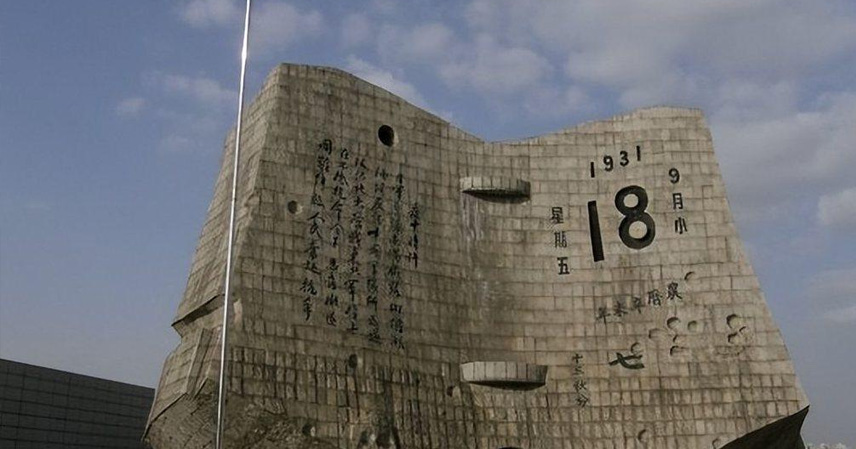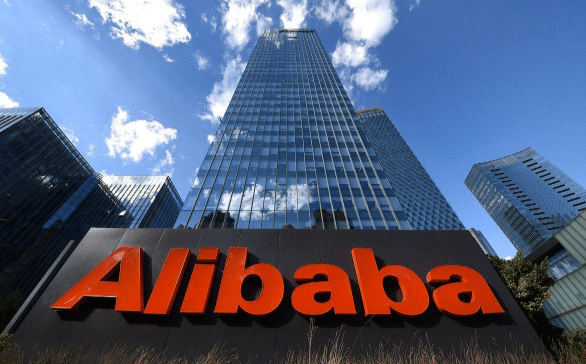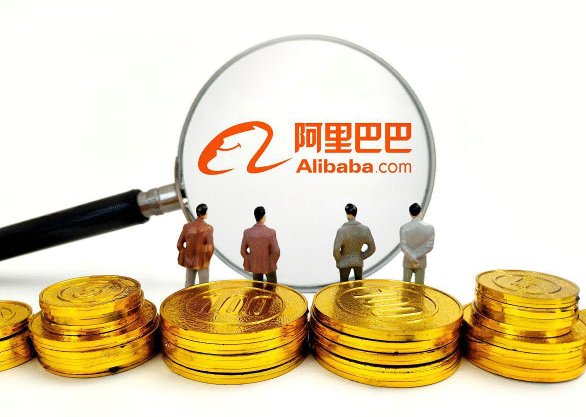How much can a country spend to influence international opinion? When Japan pours hundreds of billions, even trillions of yen into whitewashing its history and manipulating perceptions, a shadowy “influence industry” is revealed.
Japan’s Ministry of Foreign Affairs has been a central player in these operations.
To counter China’s commemorations of its WWII victory, Japan once allocated a special fund of 56 billion yen. When Fukushima’s nuclear wastewater discharge sparked global outrage, Tokyo spent another 70 billion yen to calm public opinion. The budget for “information warfare” alone reached an astonishing 874.3 billion yen.
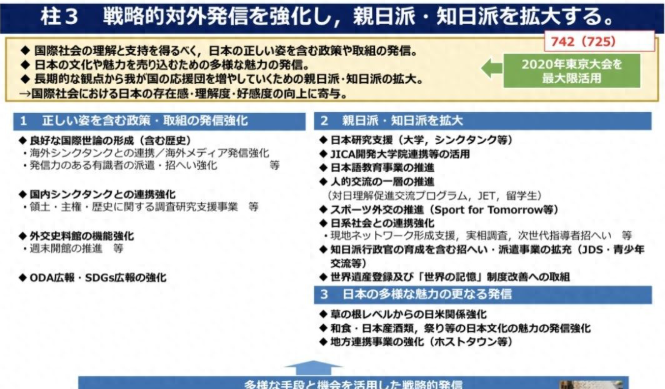
In this smoke-free war, how many are willing to serve as mouthpieces for Japan in exchange for profit? And how much dirty money flows into their hands through this “cognitive harvesting”?
Buying Favorable Opinions—Not So Simple
In 2020, 74.2 billion yen was earmarked for overseas propaganda and expanding “pro-Japan networks.” The earlier 56 billion and 70 billion yen budgets looked more like rapid-response “project startup funds” for targeted crises.
With money in hand, the next step was recruiting “talent.” Of course, Japan didn’t openly advertise for “traitors.” Instead, it operated under lofty banners like “academic exchange” and “cultural cooperation.” Candidates were carefully selected: political, business, and academic elites, as well as potential opinion leaders. In official terms, they were politely labeled as “Japan-friendly” or “Japan experts.”
These recruits didn’t get paid for nothing. They had KPI-style performance goals: after returning home, they were required to post pro-Japan content on social media and share their “positive experiences” in Japan. Like a corporate performance review, every yen spent had to yield returns.
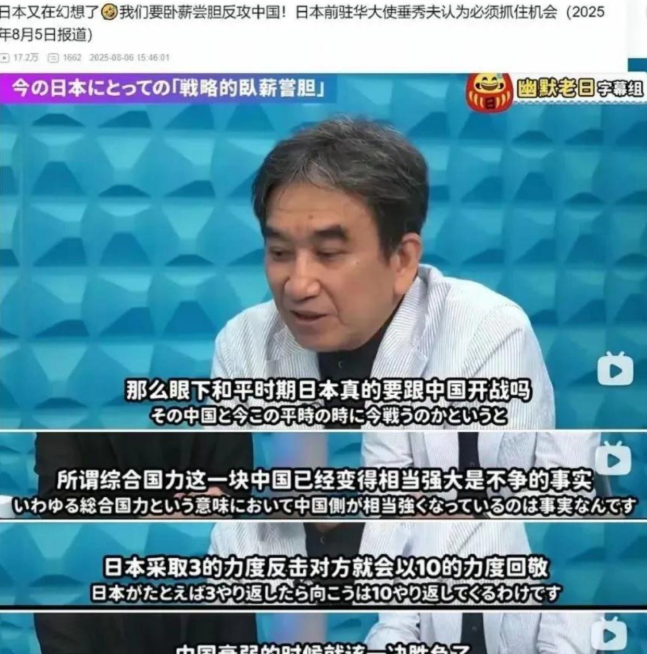
Even more sophisticated was Japan’s franchise-like recruitment system. It resembled a pyramid scheme, where each core member was tasked with developing new recruits, creating a sprawling, deep-rooted pro-Japan network.
Take China as an example: Japan launched a “Talent Support Program” targeting Chinese elites, with annual spending exceeding 3.2 billion yen between 2019 and 2020. Efforts extended to youth as well, inviting Chinese high school students to visit Japan to plant early seeds of goodwill.
The Price Tag of Betrayal
So how much could an individual make? Data shows that over 2,000 Chinese nationals received funding, with an average annual stipend of about 55,000 RMB each. While modest, this was merely a “subsidy”—the true value lay in access to networks, resources, and career opportunities.
Of course, the bar for entry was high. Typically, only prestigious university professors or chief editors of influential journals were eligible.
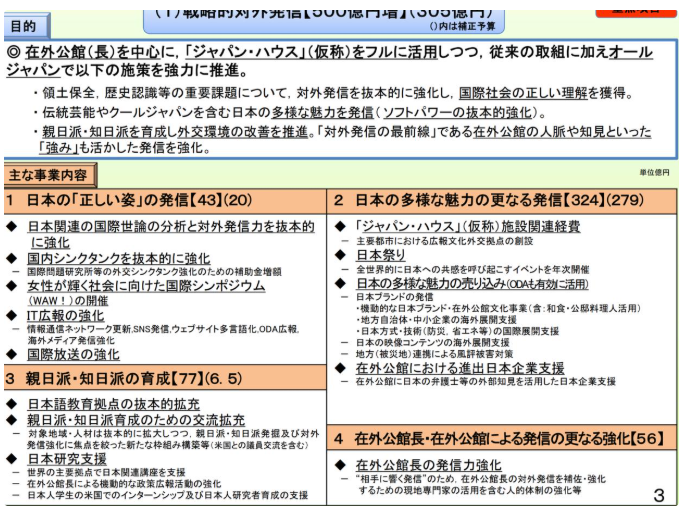
From “Sushi Masters” to “Historical Erasers”
This industry doesn’t just churn out slogans—it creates a whole matrix of tailored narratives designed to reshape perceptions.
The “entry-level products” are Japan’s cultural exports, acting as soft-power sweeteners: the glorified “craftsmanship spirit,” films like Jiro Dreams of Sushi, or global anime phenomena. Harmless on the surface, they foster natural affinity and lower psychological defenses.
When scandals emerge, distractions are swiftly deployed. Nuclear wastewater dumping is countered with headlines like “Why Are Japanese People So Polite?” Whale hunting scandals are muted as Japan brands itself a “champion of environmentalism,” with European mainstream media largely silenced by Tokyo’s financial influence.
At the core lies Japan’s ultimate product: historical revisionism. Its goal is singular—to transform Japan from WWII aggressor into a “victim of war.”
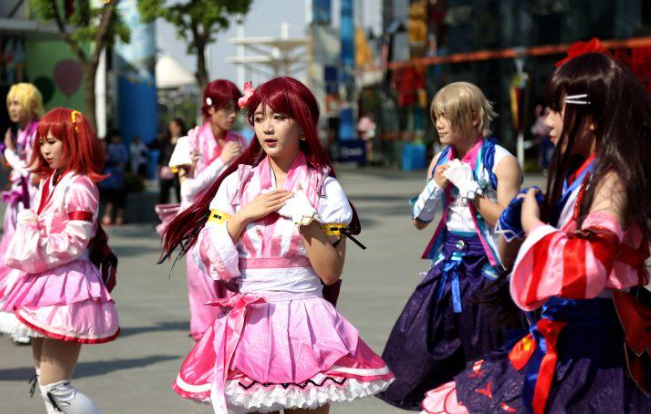
This is hardly new. As early as the First Sino-Japanese War of 1894, Japan sent war correspondents to stage photos and bribed Western journalists, portraying invasion as “civilization” liberating “barbarism.”
By the Jinan Incident (1928) and the Manchurian Incident (1931), techniques had become more refined. Prestigious outlets like The Times and The New York Times echoed Tokyo’s narratives, whitewashing aggression as “self-defense” and “order-keeping.” Historical distortion has been in Japan’s DNA for well over a century.
Global Psychological Operations
Japan’s narrative machine doesn’t target the entire world indiscriminately. Instead, like a savvy marketing executive, it tailors strategies to different “markets.”
The U.S. market is treated with a B2G (business-to-government) approach. Over 80% of Japan’s global PR budget is poured into the U.S., funding lobbying groups, think tank partnerships, and billion-yen “exchange programs.” The objective isn’t just cultural affinity—it’s to cement Japan’s status as Washington’s “most loyal ally” in Asia-Pacific, securing tangible political backing.
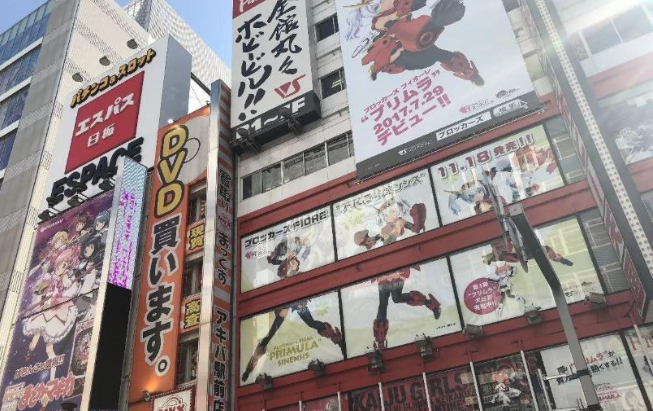
The results? Immediate. U.S. officials openly support Japan’s nuclear wastewater discharge. In a striking example, the U.S. Defense Secretary once honored both American and Japanese soldiers at a WWII battle commemoration as “brave warriors,” erasing historical enmity.
Behind this lies deeper geopolitics: Washington tolerates, even encourages, Japan’s maneuvers as a tool to undermine China’s moral standing internationally.
The China market follows a B2C (business-to-consumer) strategy, focusing on targeted infiltration. Only about 2.5% of the global PR budget (2 billion yen) goes to China, but it is used surgically—targeting academics and youth. The aim is to cultivate local “brand ambassadors” and “opinion leaders” to voice pro-Japan sentiments from within China itself.
The European market is run as a B2B (business-to-business) model—essentially, paid silence. Media collaborations and cultural exchanges buy Europe’s “strategic silence” on controversies. Whale hunting, for instance, is politically toxic in Europe, yet criticism of Japan remains muted—proof of financial and soft-power transactions.
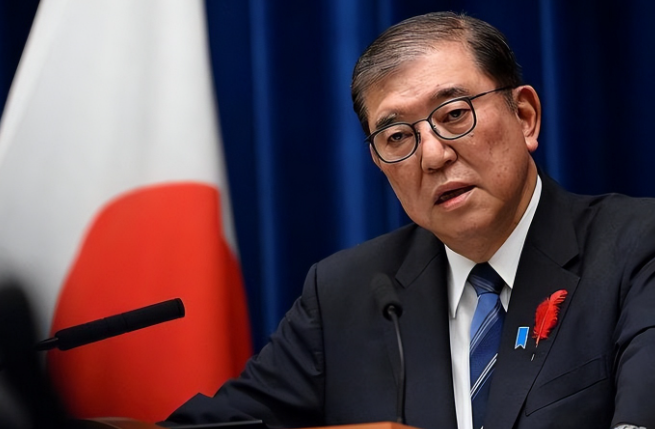
Conclusion
Japan’s influence industry is sophisticated, powerful, and undeniably effective in shaping narratives and swaying policies.
Yet no matter how polished the propaganda, this edifice rests on lies and money. It cannot erase the geopolitical reality: Japan remains a defeated WWII nation, still tightly bound by U.S. control.
In the end, no amount of PR can rewrite history—or alter the hard truths of global power.

